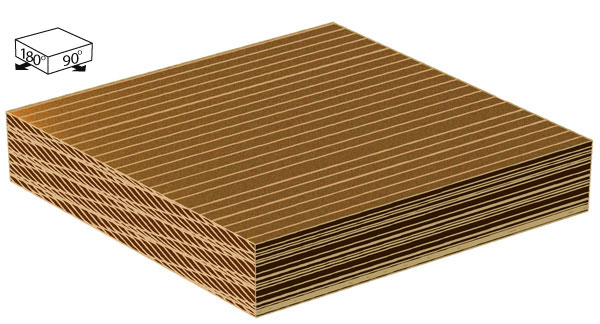Pacific Coastal and Marine Science Center
Bedform Sedimentology Site: “Bedforms and Cross-Bedding in Animation”


FIG. 27. Structure formed by bedforms with superimposed bedforms migrating in the opposite direction.
RECOGNITION: This structure differs from the preceding example in having cross-beds that consistently onlap the bounding surfaces scoured by the superimposed bedforms.
ORIGIN: As in the preceding example, this structure forms without requiring fluctuating flows. Structures are unlikely to form exactly as illustrated in this example, because the two sets of bedforms are migrating in opposite directions across the entire bed surface at all times. Superimposed bedforms can migrate up the lee slope of the main bedform in at least two situations, however. First, upcurrent migration of superimposed bedforms occurs locally in the troughs of bedforms where the lee eddy drives superimposed bedforms in an upcurrent direction (Boersma and others, 1968; Dalrymple, 1984). Second, upcurrent migration of superimposed bedforms occurs temporarily on some bedforms when flow reverses, as in tidal flows (Terwindt, 1981; Figs. 29 and 30) and within river eddies (FIG. 28). The depositional situation shown here includes upcurrent-migrating stoss-side superimposed bedforms, because the computer program is not capable of causing the migration direction of the superimposed bedforms to vary with location on the main bedform. This does not affect the geometry of the structure, however, because the stoss-side deposits are not preserved.